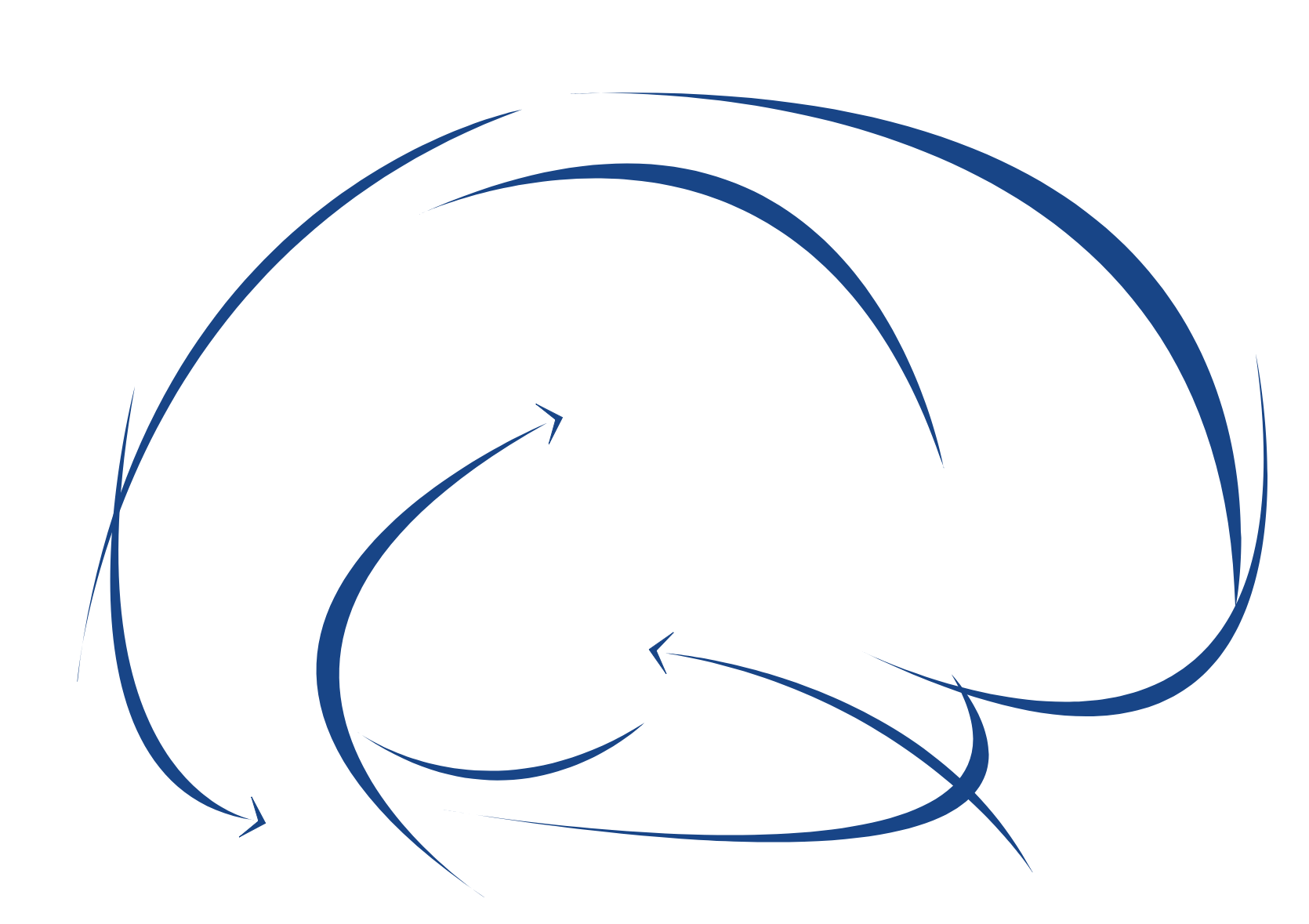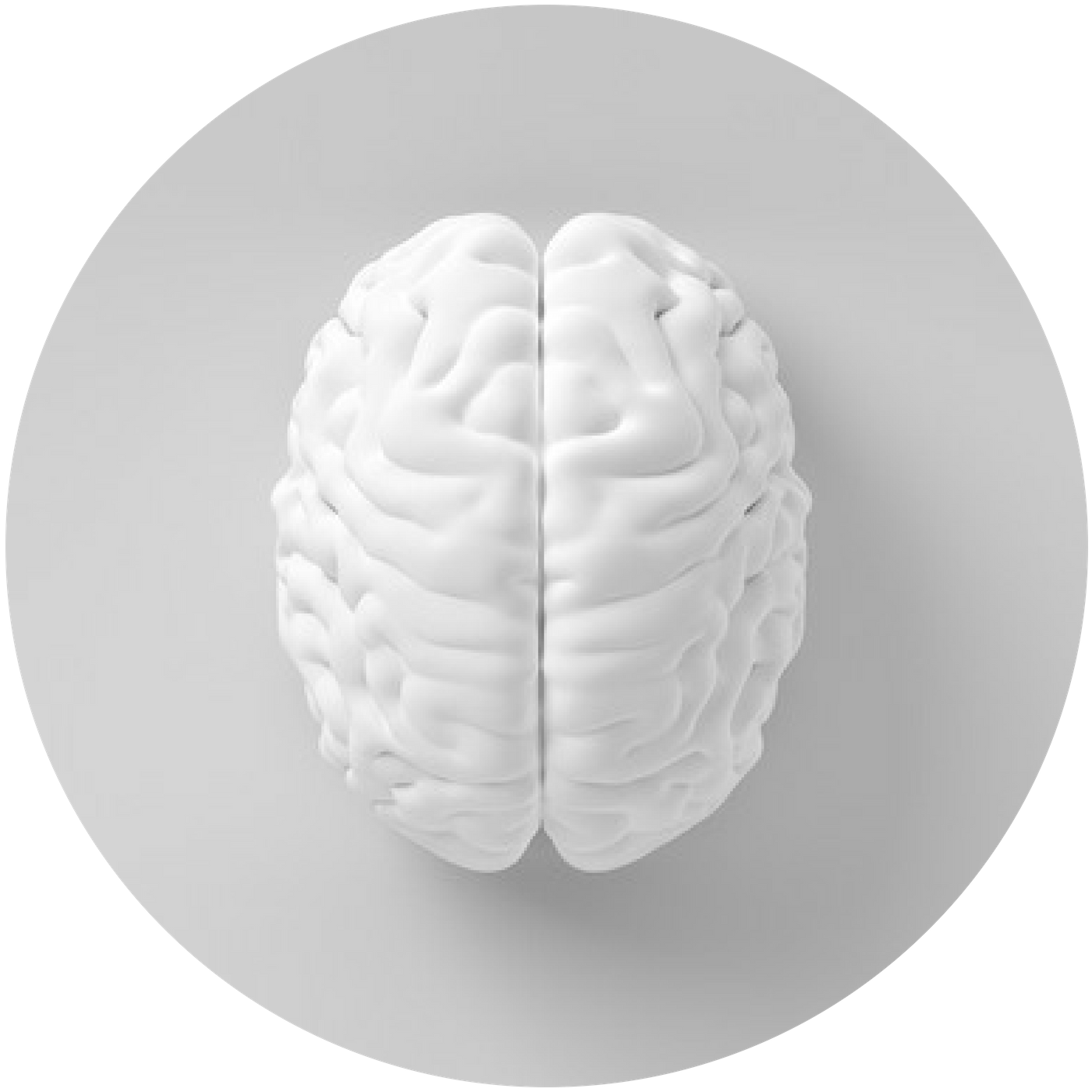TNG
(Theoretical Neurosciences Group)
Skip to TNG
Team
Publications
News
Research Summary
The Theoretical Neuroscience Group (TNG) has a long history. It has been founded in 1999 by Dr. Viktor Jirsa, originally based at the Center for Complex Systems and Brain Sciences at Florida Atlantic University, and then relocated to Aix-Marseille University in 2006. The objective of TNG is to gain a deeper understanding of the mechanisms underlying the emergence of brain function and dysfunction from brain network dynamics. For this purpose, we adopt a “multi-scale” approach using primarily mathematical and computational techniques. Our approach demands to understand the brain by binding in a single framework different resolution levels, and/or different time scales. This also demands to unify different points of view, from mathematical theory of complex systems toward computer-based numerical simulations (looking at the ensemble activity from the graph of elementary components) and behavioral studies. Our major interests are dedicated to understanding brain states including consciousness, behavioral representation in brain dynamics, and brain network disorders, in particular epilepsy, seen as the prototypical “dynamical disorder” (as a disorganization of the normal dynamical system). We seek to discover novel ways to modulate brain networks including stimulation, surgery and pharmaceutical interventions.































